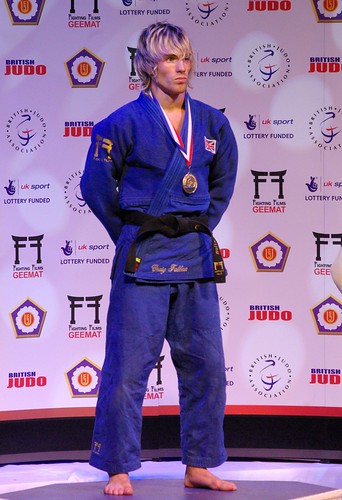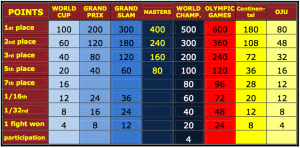So far, a majority of the information shared on this site has been about performance Judo and the metrics associated with competition Judo. This is, of course, just a subset of the Judo world, so this article is not about elite performance Judo rather about the demographics of a Judo association.

The British Judo Association (BJA) maintains a record of all Dan grades (Black belts and above) within their orgainsation. They also make this information partially available via their website at http://britishjudo.org.uk/technical/grading_dan_register.php which means that I was able to peruse that data and make some basic analysis.
Before we begin, we should consider that the website of the BJA is not kept up to date, the Dan grade register should not be considered accurate. Also, the information is not made available in a easy to access format, you can reach only one record at a time. So to conduct any analysis of the information the first step was to scrape the BJA website and pull the data into a MySQL database where queries could be run. The data scraping process can introduce errors into the information.
Finally, the register provides no information on past grades or if the people listed are alive, deceased, members or retired. There are anomalies in the data such as the total number of entries in the database not equalling the number of grades at each level, this is caused by inconsistencies/errors in the data. This data was collected on March 26th 2009.
Simple descriptive statistics about the BJA dan grade register.
Male Dan Grades: 9941 (84.22%)
Female Dan Grades: 1862 (15.78%)
If we focus on female Dan grades, we can compare this to the general population of the BJA by referring to the BJA 2007/08 Annual Report.
A quick analysis of this data shows the following:
Male: 20226 (75.56%)
Female : 6541 (24.44%)
Now if we compare these two basic percentages, we see right away that despite women being approximately a quarter of the Judo population, less than 16% are Dan grades. We do not have enough information to make any inferences as to why this is, but we can suggest there is an issue here that needs addressing by the BJA. Why is their an imbalance between male and female when compared to the wider Judo population. Is it a case of institutional sexism, or are there other forces at work, like for example maternity.
The general population also includes children, so we should not read too much into this difference in percentages. However, it does perhaps suggest that the BJA (and Judo more widely) should research this area and try and determine if there is an actual difference and if so, why it is occurring and when.
It would also be interesting to compare these participation levels to other sports such as Tennis, Dance, Rugby, Wrestling, TKD or Karate. We might find that Judo participation levels by females and at the Dan Grade may be good rather than poor. The percentage of girls aged 14-15 that do not participate in any active sports, on a weekly basis, is around 15% to 20% (Balding, J. (2004). Young people in 2003. Exeter: Schools Health Education Unit.), so how would this fit with our numbers?
The Dan grade register data also has information such as area, club and date of the grading, analysing this information shall be the subject of later posts. You may also wish to take a look at the data yourself, the part that formed the basis of this post is available at http://www.swivel.com/data_sets/show/1017786 it has the data and some nice charts too.



![Reblog this post [with Zemanta]](https://img.zemanta.com/reblog_e.png?x-id=1f75443a-fc30-4eac-b34c-a5a43faee74b)
